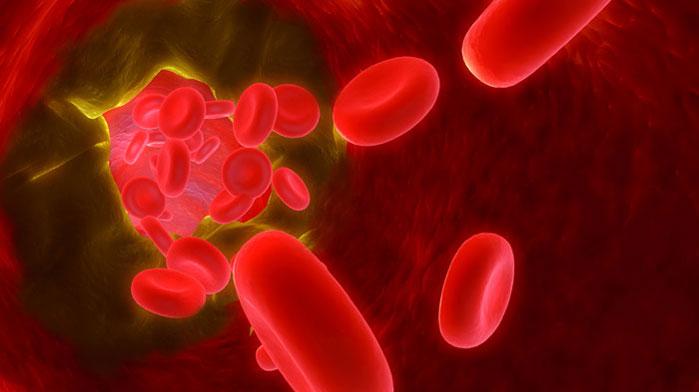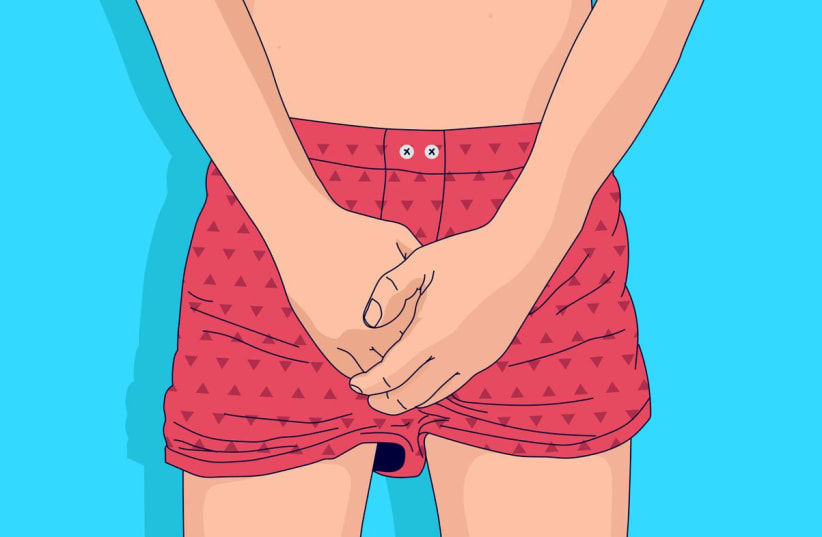Scientists often end up researching topics on the fringes of the medical field. In one recent study, researchers investigated "blue balls," a term used to describe the painful and uncomfortable sensations experienced in and around one's genitals after sexual encounters that fail to culminate in orgasm.
Historically, there has been a dearth of academic research on this subject. Until now, the existing scientific literature consisted of only one case report and one interview-based study, as revealed by a recent publication in Sexual Medicine. This lack of research has given rise to speculation and skepticism regarding the authenticity of this phenomenon. In addition, it has led to concerns that some people may use it as a manipulative tactic to coerce their partners into continuing sexual activities until they have an orgasm.
The causes behind the occurrence of "blue balls" and the associated discomfort have been the subject of various theories. One hypothesis suggests that slowed blood drainage from the testicles may contribute to the reported pain. According to this theory, after orgasm, the veins quickly empty, resulting in the blood being drained from the genitals. But in the absence of ejaculation, the slowed blood drainage could lead to prolonged congestion, discomfort, and pain. Proponents of this theory link the term "blue balls" to the phenomenon of deoxygenated blood appearing blue under the scrotum.
The study aimed to examine the belief in genital pain resulting from a lack of sexual release, personal experiences of such pain, its severity, and whether it was used as a means to pressure partners into continued sexual activity. To figure this out, the researchers recruited 2,621 participants, consisting of 57% men and 43% women.
Are blue balls real and are they used as a manipulative tactic?


Not surprisingly, the study found that men were more likely to believe in the reality of this sort of testicular pain compared to women. Additionally, men were more likely to report experiencing genital pain (56% vs. 42%). However, the "orgasm gap" between men and women may explain why many men did not report experiencing such pain. The researchers noted, "Significantly more individuals with a penis endorsed experiencing pain. However, significantly more individuals with a penis reported always ejaculating/orgasming during sexual activity, thus never having experienced blue balls."
Participants reported experiencing pain in various parts of the body, including the abdomen, testicles, groin, vagina, and clitoris. Men were more prone to feelings of restlessness, while women commonly described "itching." Moreover, there were disparities in the situations that caused discomfort. Prolonged foreplay without penetration emerged as the most frequently reported cause of testicular pain in men, but not in women.
The study also identified age as a factor, with men reporting testicular pain more frequently in their younger years. The researchers suspect that this phenomenon, which lacks evidence of harm, may be exploited by individuals to coerce partners into sexual activity, especially among young people. Some participants revealed that they were first forced into sexual activity due to their partner's fear of testicular pain when they were younger.
Most participants reported experiencing mild and infrequent pain, while only a small proportion reported severe and frequent pain. The researchers emphasized that no one should ever be forced to engage in sexual activity, regardless of any physical conditions.
